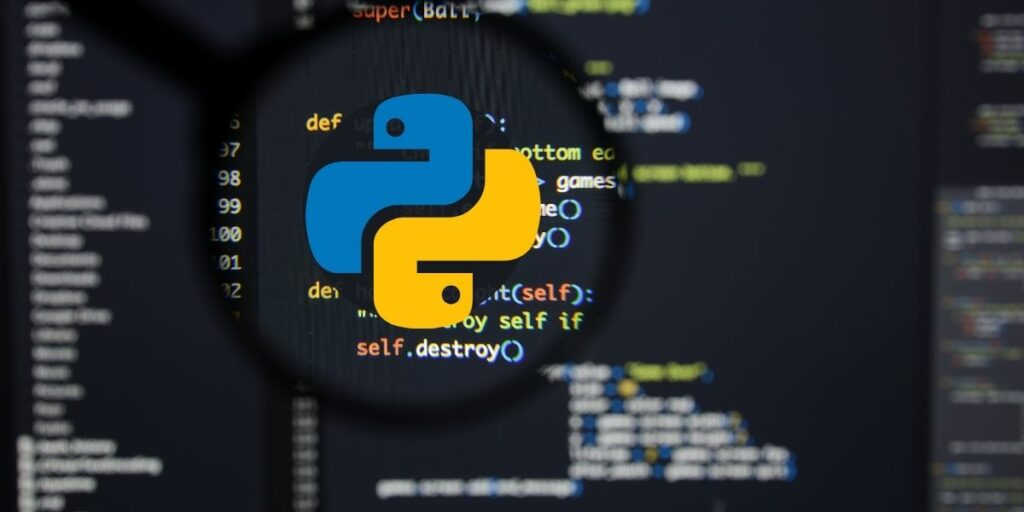
Beginner’s Project on Regression in Python
Machine learning regression is a type of machine learning where the goal is to predict a continuous value, such as a price or an age, based on a set of input features. It is used to model the relationship between a dependent variable and one or more independent variables.
There are several algorithms that can be used for machine learning regression in Python, such as Linear Regression, Ridge Regression, Lasso Regression, ElasticNet Regression and many more. These algorithms can be implemented using libraries such as scikit-learn.
The first step in a machine learning regression problem is to prepare the data. This includes cleaning and preprocessing the data, such as filling in missing values and normalizing the input features.
Once the data is ready, the next step is to split the data into training and testing sets. The training set is used to train the regression model, and the testing set is used to evaluate its performance.
After that, the regression model can be trained using the training set and the chosen algorithm. Once the model is trained, it can be used to make predictions on the testing set. This will give an estimate of the model’s performance on unseen data.
Finally, the model can be improved by trying different algorithms, tuning the hyperparameters, or by using techniques like cross-validation.
In summary, Machine learning regression is a type of machine learning where the goal is to predict a continuous value, such as a price or an age, based on a set of input features. There are several algorithms that can be used for machine learning regression in Python, such as Linear Regression, Ridge Regression, Lasso Regression, ElasticNet Regression and many more. The first step in a machine learning regression problem is to prepare the data. Once the data is ready, the next step is to split the data into training and testing sets. After that, the regression model can be trained using the training set and the chosen algorithm. Once the model is trained, it can be used to make predictions on the testing set. Finally, the model can be improved by trying different algorithms, tuning the hyperparameters, or by using techniques like cross-validation.
In this Applied Machine Learning & Data Science Recipe (Jupyter Notebook), the reader will find the practical use of applied machine learning and data science in Python programming: how to do an end-to-end Beginner’s Project on Regression in Python.
Essential Gigs
For only $50, Nilimesh will develop time series forecasting model for you using python or r. | Note: please contact me…www.fiverr.com
For only $50, Nilimesh will do your data analytics and econometrics projects in python. | Note: please contact me…www.fiverr.com
For only $50, Nilimesh will do your machine learning and data science projects in python. | Note: please contact me…www.fiverr.com
For only $50, Nilimesh will do your gis and spatial programming projects in python. | Note: please contact me before…www.fiverr.com